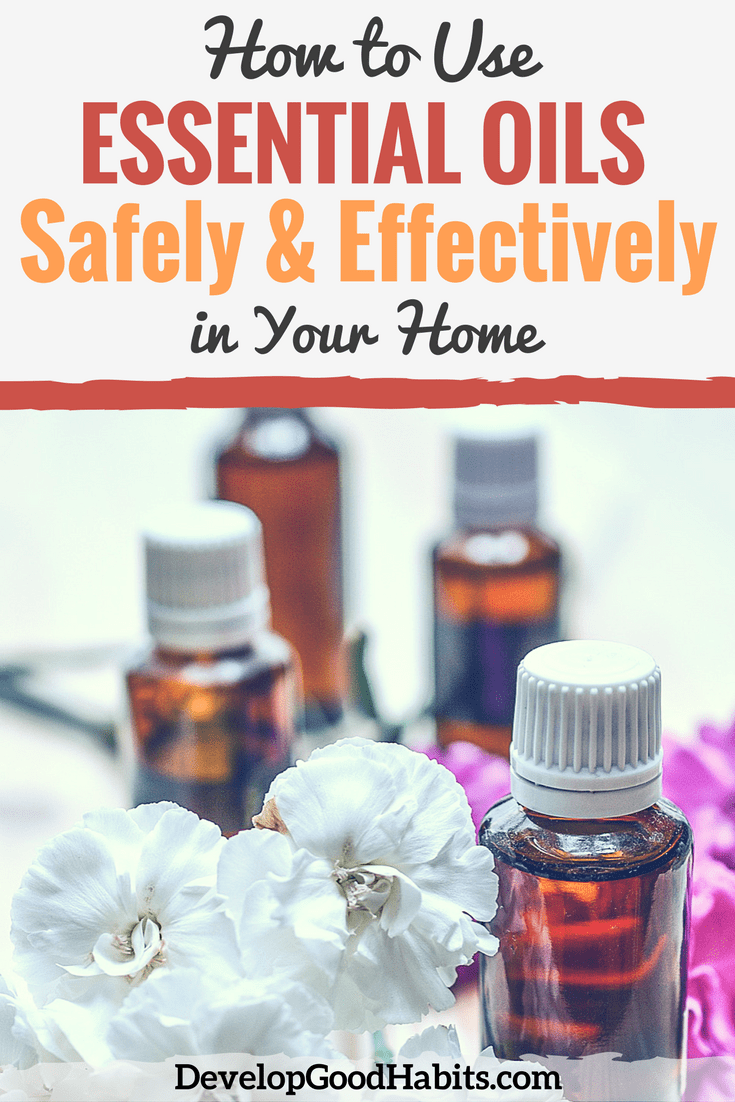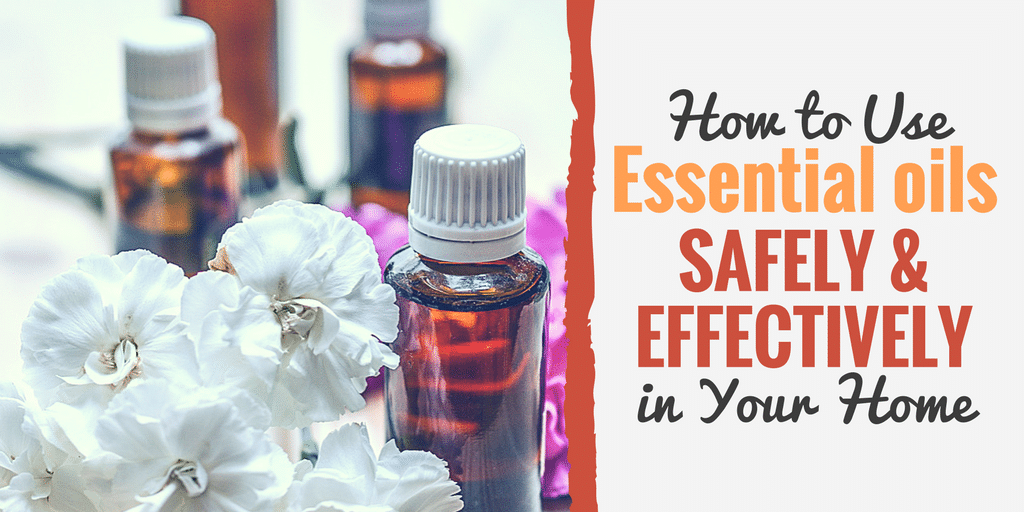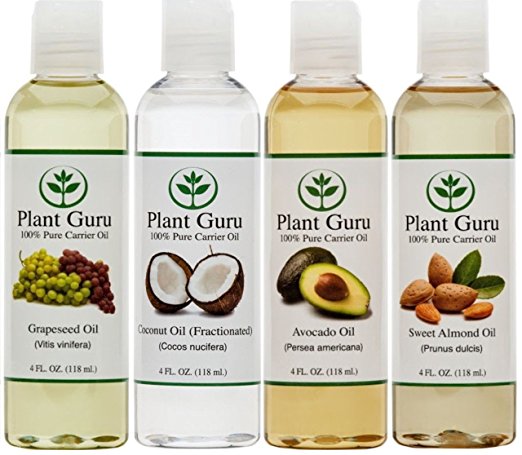There might be affiliate links on this page, which means we get a small commission of anything you buy. As an Amazon Associate we earn from qualifying purchases. Please do your own research before making any online purchase.
If you’ve ever been stopped in the streets after catching a whiff of a rose flower, then chances are you have experienced the power of essential oils.
Essential oil can be described as a concentrated hydrophobic liquid whose chemical composition is comprised of volatile aroma compounds extracted from plants.
Essential oils are also referred to as aetheroela, ethereal oils, and volatile oils. These oils have been around for some time. Frankencense oil was one of baby Jesus' three gifts, and ancient Mesopotamian's were found to have essential oil diffuser pots as far back as 6000 years ago.
The only notable differences of the essential oils of yesterday and today being how the product was processed and applied in the past compared to today.
As mentioned earlier, if you’ve ever enjoyed the scent of a rose, then you’ve experienced a fraction of the aromatic qualities that can be derived from essential oils. Essential oils are naturally occurring volatile aromatic compounds found in flowers, roots, stems, barks, seeds, and other parts of a plant. The essential oils are what provide plants with distinctive smells, while at the same time playing a role in different biological processes such as plant pollination.
So, how are these pure essential oils extracted? Well, the main process of acquiring essential oils from plants is through distillation, and in most cases through steam technology. There are also other processes that include cold pressing, resin tapping, absolute oil extraction, solvent extraction, and phytonic processing. The end products acquired are mainly used in adding scents to household detergents, flavoring foods, enhancing cosmetics appeal, and giving perfumes their scents.
Historical Facts About Essential Oils
Essential oils have a rich history since they were mainly used for medical purposes. Despite gaining more uses over the years, the products are still commonly applied towards relieving ailments such as cancer and skin-related complications. However, their medical credibility has been questioned in many countries due to insufficient research information, and their usage has been subjected to regulations in a number of foreign jurisdictions.
As a result, the application of essential oils has significantly reduced in evidence-based medicine. Modern research studies have shifted away from a generalization of essential oils towards medical-specific compounds such as methyl salicylate (as opposed to “Peppermint Oil”).
With the rise of lifestyle diseases, interest in essential oils has been aroused, particularly through concepts such as aromatherapy. This is basically a branch of alternative medicine that indicates that essential oils and other aromatic compounds wield curative powers.
What Are Volatile Aromatic Compounds?
It is highly likely that you have come across volatile aromatic compounds when reading about essential oils, but that’s really just a fancy way of referring to essential oils. They are basically micro-organic molecules that convert swiftly from their solid or liquid state to a gaseous state at room temperature.
Essential oils are referred to as volatile due to the fact that they change states at a fast rate. This is what gives them their intense smell and active properties. As opposed to the carrier oils they are often mixed with which are more chemically neutral.
If you have ever uncapped a container of essential oil you have seen this volatile effect in action. The chemical properties from the volatile compounds in the oil that triggers swift movement through the air. They directly intermingle with olfactory sensors within the human nose, and, as a result, the sweet smell can be sensed. It is this unique property that has made essential oils ideal for applications such as aromatherapy that assist in maintaining a healthy body and mind.
Currently, the research and scientific community has successfully identified more than 3,000 variants of aromatic compounds. The quality of an essential oil varies from plant to plant depending on the botanical families and respective tree species. Some oil products, even though they come from different plants, tend to exhibit similar scent characteristics due to their affiliation with a particular species.
Production Process of Essential Oil Products
Now that you know all about what an essential oil is and where it comes from, it’s time you know the different processes involved in its extraction and processing. For many years, essential oils have been produced using two key processes:
- Distillation technique
- Expression technique
These are the two basic processes. Improvements in technology have slightly altered these processes, such as by increasing processing speed or enhancing the life span of the end product.
Distillation
This particular technique has been in existence for hundreds of years. Nowadays, there are different distillation techniques employed in the extraction of essential oils. Some of them include:
- Straight steam
- Water distillation
- Water/steam distillation
The by-products are then used in cooking, digestive tonics, and providing fragrance to products such as perfumes and detergents. One primary advantage of the distillation technique is that it is possible to distill volatile components at a lower temperature compared to the boiling points of their individual constituents, which makes them easily separable from condensed water.
During the distillation process, the plant material is kept inside a chamber and sealed. Steam is then used to slowly break the plant to remove its volatile constituents, which rise up through tubing before being deposited into a condenser. The condenser cools the rising vapor back into liquid form, and the liquid is collected. Since water and essential oil cannot easily integrate, it becomes possible to derive essential oil from the water’s surface, where the product is finally siphoned off.
Expression Technique
This technique can also be referred to as cold pressing. It’s mainly a procedure specific to the extraction of citrus essential oils such as lime, sweet orange, bergamot, lemon, and tangerine. In the past, the expression technique was conducted through sponge pressing, a task literally accomplished by the human hand.
In the process, the citrus would be soaked in warm water to make it more receptive to the pressing process. A spongy substance would then be used in pressing the rind to break essential oil cavities. The sponge would accumulate essential oils, which would then be leaked over a collecting container. Finally, the essential oil would be separated from the water/juice before being siphoned off.
Today, the products are derived through the “ecuelle a piquer” process, which involves prodding, pricking, and sticking a plant to acquire essential oil. During the process, the crust of the fruit is kept in a container that has some kind of spikes to puncture the peel when the container is rotated. Through the puncturing procedure, the essential oil is released and collected.
A modern expression technique is done with machines that apply the centrifugal force principle. It is through the spinning within a centrifuge that separation of essential oil from the fruit juice occurs.
How to Apply Essential Oils
Funny as it sounds, there are different ways in which you can apply essential oils, and not so many people are aware of this. A simple smell can remind people of a number of things, including childhood, college years, or even a broken relationship. Smell as a sense invokes long-term memory and makes the past appear as an event that took place days ago.
Aromatherapy involves arousing the sense of smell, which can relax or stimulate the mind, spirit, and body. It is possible to harness the healing power of scent whether at home, in the office, or traveling by applying numerous tips and techniques to blend botanical essential oils and at the same time select the most skin-friendly carrier oils.
In this section, we will not only look at different ways of applying essential oils, but also review application methods and how to inhale essential oils.
Choosing an Application Method
In general, you should avoid applying undiluted essential oils directly to the skin. Instead, it is recommended that the oils be applied in carrier oils.
Carrier Oils and How to Choose Them
Carrier oils are excellent products that can be used to deliver essential oils because their molecules are comparatively bigger and thus find it difficult to penetrate the top layer of the skin. A primary distinguishing factor of the oils is their healing compounds (including vitamins and other nutrients), and how thick the oil is manufactured.
Quite a number of oil products (including black currant, borage seed, and evening primrose) come with skin nutrients such as omega-6 fatty and gamma linoleic acids. There are also nut and seed oils whose chemical composition includes walnut, grape seed, and sweet almond, which contain vitamins A & E as well as omega 3 & 6 fatty acids.
These oils have been found to be soothing, nourishing, and nutrient-rich, which is why they are considered the best carrier oils. They are sometimes referred to as “fixed oils” due to their inability to evaporate as some essentials oils do. It is important to be cautious that the saturation rate of certain carrier oils equals their thickness level. The more densely saturated oil is, the thicker it is and the more it keeps firm on the skin. It will also have a longer shelf life. On the other hand, unsaturated products tend to give the illusion that the product will get absorbed directly into the skin when in reality the oil rapidly evaporates.
Some of the commonly used unsaturated products include canola, sunflower, olive, safflower, and soybean oils, while saturated oils include palm kernel and coconut. However, the suitability of an oil product depends on the application. Most bodyworkers will use saturated oils during their massage activities, while cosmetic surgeons prefer to use less-saturated oils that come with lighter qualities and appear sticky on the skin.
Other factors that ought to be taken into consideration include the odor and color of the product. The light smell associated with grape seed and hazelnut oils make them prime candidates for the cosmetics business. Consumers should avoid unrefined oils such as cooking products that have a tendency to leave a person’s skin smelling like food. If possible, go for expeller or cold-pressed products that have not been exposed to potentially damaging temperatures exceeding 110 degrees Celsius. Organic products are always the best.
If you are looking for some good carrier oils to mix with your essential oils, this variety pack might be a great place to start. It uses 100% natural oil, is rigorously tested for contamination.
This variety pack is wonderful for mixing with essential oils for topical application.
Applying Essential Oils
There are several techniques that can be used to achieve the desired pleasure and benefits of essential oils:
Simple Inhalation
Mix two quarts of boiling water with three drops of essential oil. Then make some tent-like structure over your head with a towel and inhale the fragrant steam for a period of around 10 minutes. Take caution not to burn yourself. Such a procedure is excellent for deep cleansing of the skin, eliminating cold or sore throat, and relieving sinus congestion.
There are different methods of inhalation that could be used for a variety of situations. Some of the methods include:
- Diffuser
- Steam
- Dry evaporation
- Spray
Need an Essential Oil Diffuser?
If you don't have an essential oil diffuser (or want to grab a new one), then here are favorite three options. Just find the diffuser that looks interesting and then click the yellow button to get more information:
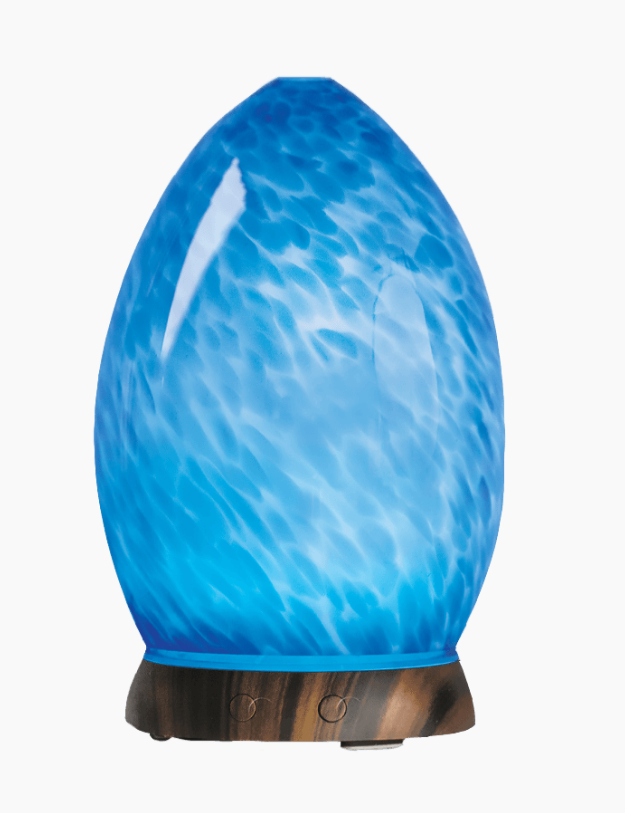 |
Best Overall Choice: Lux Blue Marble Diffuser by Rocky Mountain Oils | CLICK HERE FOR PRICE |
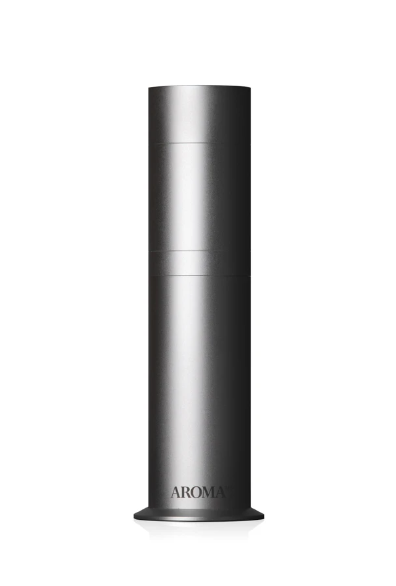 |
Best High-End Oil Diffuser: Aroma Tech AroMini | CLICK HERE FOR PRICE |
 |
Most Budget-Friendly Option: InnoGear Aromatherapy Essential Oil Diffuser | CLICK HERE FOR PRICE |
Baths
During baths, it is recommended to add 3 to 10 drops of essential oil to the bathing water. To avoid skin irritation, you can dilute the essential oil with a teaspoon of liquid soap or vegetable oil. To create scented bath salts, mix 10 drops of essential oil with a cup of baking soda or Epsom salt in a container and stir the mixture until it dissolves.
Massage
Add around 10 to 20 drops of the essential oil to an ounce of grapeseed or almond oil, then apply the mixture as you would do with any massage process. Such a composition helps enhance lymphatic circulation, eases muscle stiffness, and brings deep relaxation because the veins are relieved and blood flows throughout the body efficiently.
Saunas
Add two drops of essential oil to two cups of water and pour out the mixture in the sauna. You can always add more if you’re looking for a particular effect. A cup at a time is the best way to do this. This composition alleviates muscle soreness and fully rejuvenates the entire body system, including the brain and spinal region.
While each method serves a different purpose, the steam, spray, and diffuser methods are the most common, as they can easily address the issues mentioned earlier.
Air Freshener
Add six drops of essential oil to a cup of water in a clean spray container. You can then shake the mixture and spray the mixture to neutralize any odor in the same way that you would with an air freshener from the shops.
Precautions to Observe to Use Essential Oils Safely
Using the Products During Pregnancy
Essential oils have a tendency to affect a person’s hormones. Extreme caution must be observed when using the products if pregnant or while undergoing nursing duties. Scientific evidence reveals that essential oils have the ability to permeate through the placenta to the baby. However, crossing the placenta does not necessarily imply there is a risk of toxicity to the fetus—that largely depends on the toxicity of the oil and the plasma concentration. But there is the likelihood of contact between maternal and embryonic of fetal blood and oils such as rosemary, rose, and clary sage may cause miscarriages or birth defects as a result of aromatherapy massage.
Most oils are considered safe during pregnancy, so the best approach is to exercise caution in your use of essential oils. It is recommended to consult with a qualified clinician during the initial stages of a pregnancy because the action of oil on hormones can create hormone imbalances during pregnancy. Certain products also decrease milk supply while breastfeeding.
Avoid Using Essential Oils on Babies and Children
Essential oils should generally not be given internally to kids—and if they are, they should be diluted more than they are for adults. The reason is that kids have less-developed organs compared to adults, and these organs are susceptible to damage whenever a new substance is introduced to them.
The oils may contain allergens or even impurities, and as a result, children may develop weird complications that could end up affecting them in the future. There are oil products that have caused seizures in kids, so extreme caution is important. Products such as wintergreen, eucalyptus, and rosemary contain 1,8-cineole and menthol and are likely to slow breathing or completely stop it amongst infants with respiratory problems.
Avoid Using Essential Oils on Certain Areas of the Body
Essential oils should generally be kept away from certain body parts such as the eyes, inner parts of the ears, and wounded parts of the skin, as they can cause some irritation. It is also advisable to consult with your doctor about which types of essential oils you can use when you’re under treatment or when using certain kinds of drugs.
Avoid Keeping Them in Plastics
Essential oils should never be stored in plastic containers, especially when they are still concentrated since the products come with properties that corrode through plastics. Even if they are diluted, they have a tendency to degrade plastic containers with time. Therefore, homemade cleaners should be stored in glass containers. Also be careful with other surfaces around the house, including wooden furniture, ceilings, and clothing.
Safety Measures to Be Observed During Misuse
If essential oils accidentally get into your eyes, a cotton cloth should be used with fatty oils such as sesame or olive.
In cases where essential oils cause dermal irritation, treat with small quantities of cream or vegetable oil on the affected area, and immediately discontinue usage of the product.
If a child accidentally consumes an essential oil, it is advisable to rush them to the nearest health facility and bring the bottle for identification. Also, encourage the child to consume milk to neutralize the harmful effects of the product.
Use Essential Oils Safely
Quality of the Product
Adulterated oils increase the chances of an adverse response. Thus, it is best to use genuine, authentic, and pure essential oils.
Chemical Composition
Products that have high quantities of phenols (e.g., eugenol) and aldehydes (e.g., citronella) may cause adverse skin reactions. It is recommended that products that are rich in such compounds be diluted prior to skin use. Diluting such oils minimizes irritation. Another ideal option is to mix the irritating oil disproportionately with another essential oil to lessen the reaction.
Method of Application
Essential oils can either be taken internally, diffused, inhaled, or applied directly to the skin. Each of these procedures has its own safety concerns that must be taken into considerations. In regards to inhalation, there is an inherent low-level risk present with most individuals. Even with a relatively small room with virtually 100 percent evaporation rate, the concentration of these products is likely to hit dangerous levels through vaporization or aromatherapy massage.
The main risks lie in prolonged exposure. Exposure exceeding an hour or more may bring complications such as lethargy, nausea, vertigo, vomiting, or headaches.
Dosage
Most aromatherapy calls for one to five percent dilutions. However, as people begin to increase concentrations, dermal skin reactions may begin to emerge, depending on the product being applied. Other factors that may influence dosage are a person’s own skin sensitivity level.
Skin
Inflamed, diseased, or damaged skin is susceptible to the effects of essential oils due to its permeability. It is therefore unsafe to apply unadulterated products to damaged skins because skin conditions may worsen or a larger quantity of oil than normal might be absorbed.
If you're suffering from cold sores, here are the best essential oils for cold sores and how to prepare them.
Age Factors
Children and infants are more sensitive to health issues than essential oils. There are also certain products that must be avoided by the elderly, including wintergreen and birch since they have high concentrations of peppermint and methyl salicylate.
Final Thoughts on How to Use Essential Oils Safely
Essential oils are one of the best aromatherapy products available. If the product is properly applied, the end result can be amazing. However, it is important to use essential oils safely.
Essential oils should be used in accordance with prescriptions, and cautionary measures should always be considered. These measures include ensuring that the chemical composition does not contain any allergens and that proper quantities are mixed with the recommended ingredients. If unsure, it is advisable to consult with your clinician or the nearest beautician.
Don’t forget to share the below image on using essential oils safely on your favorite social media website (like Pinterest)!
